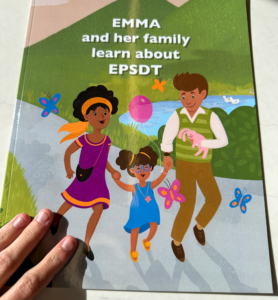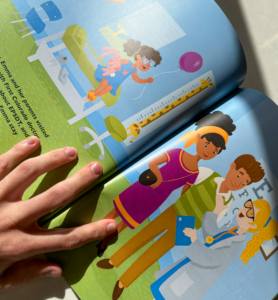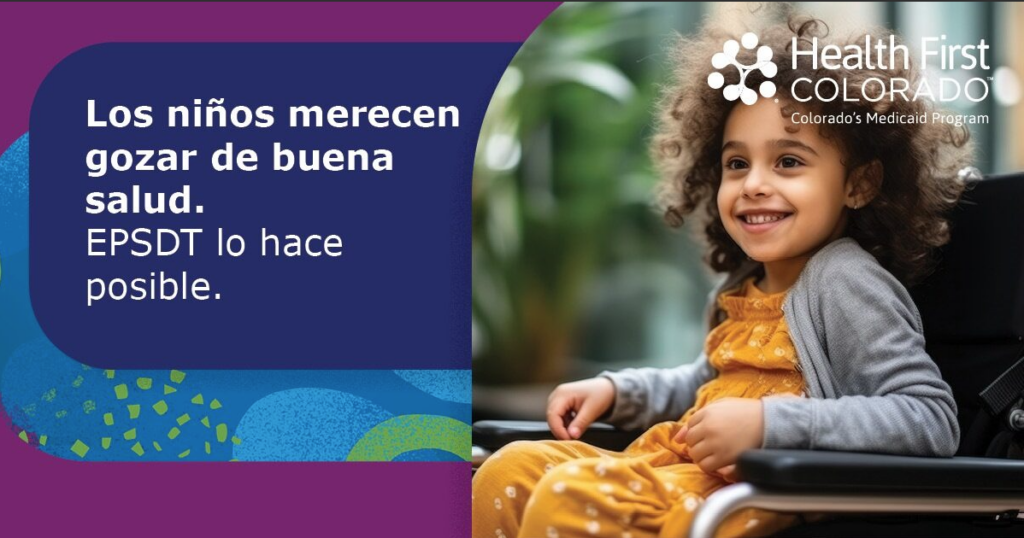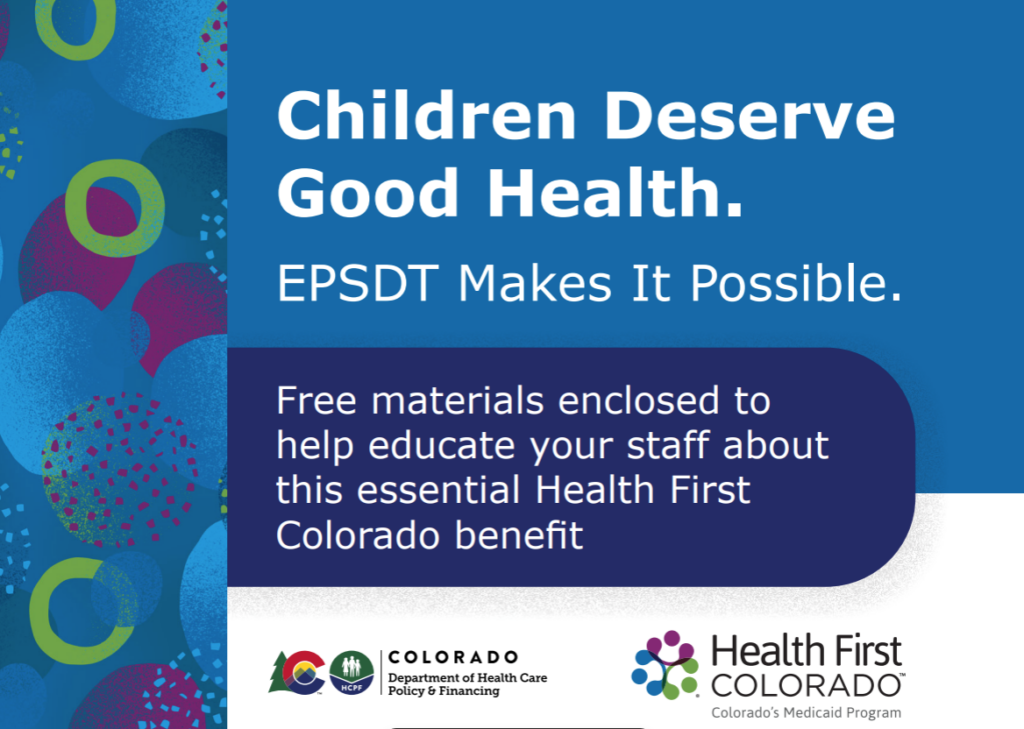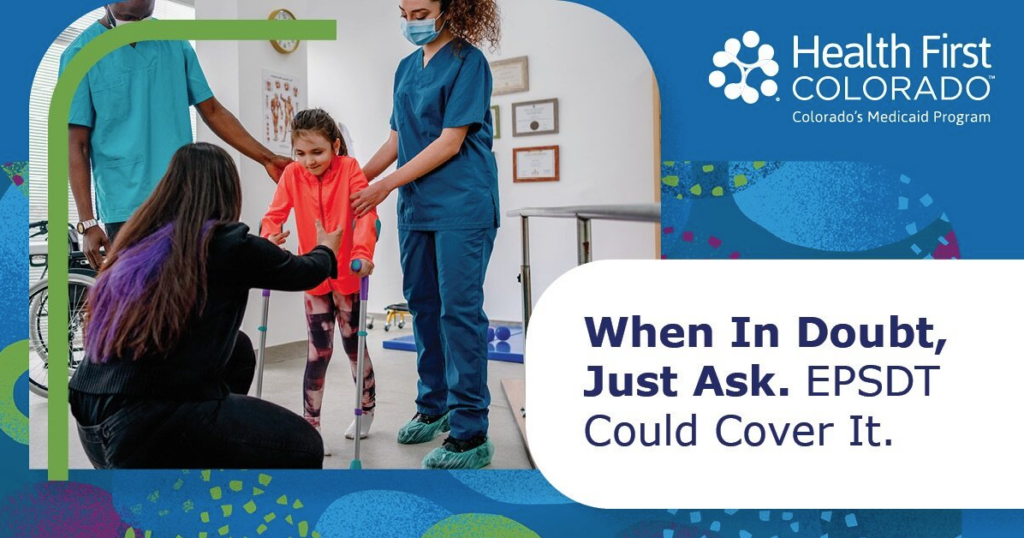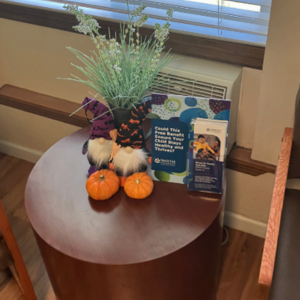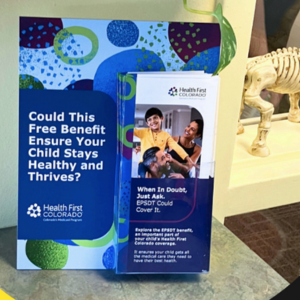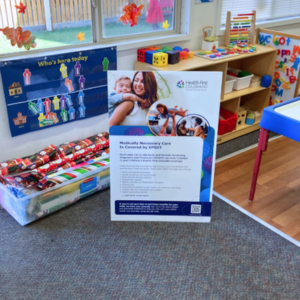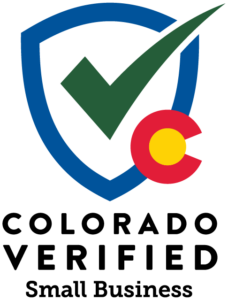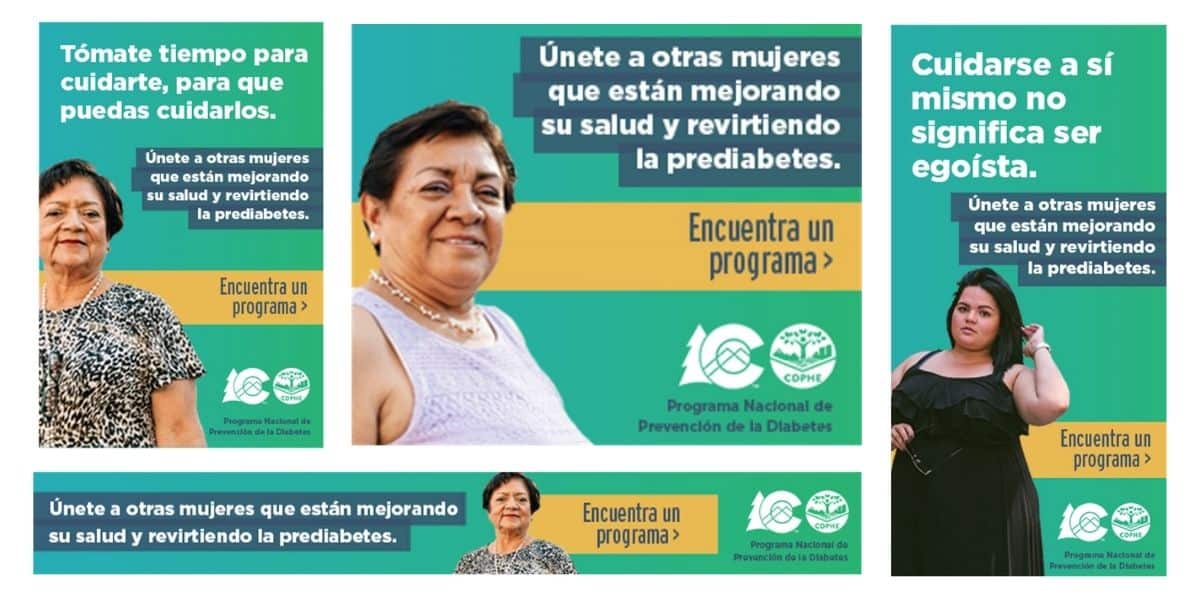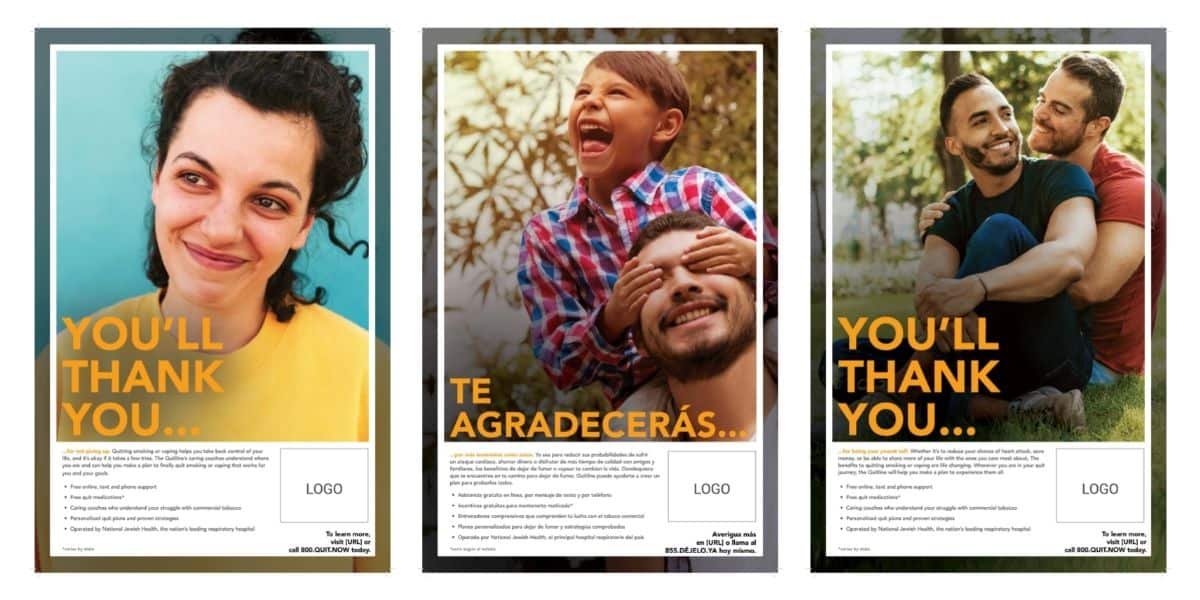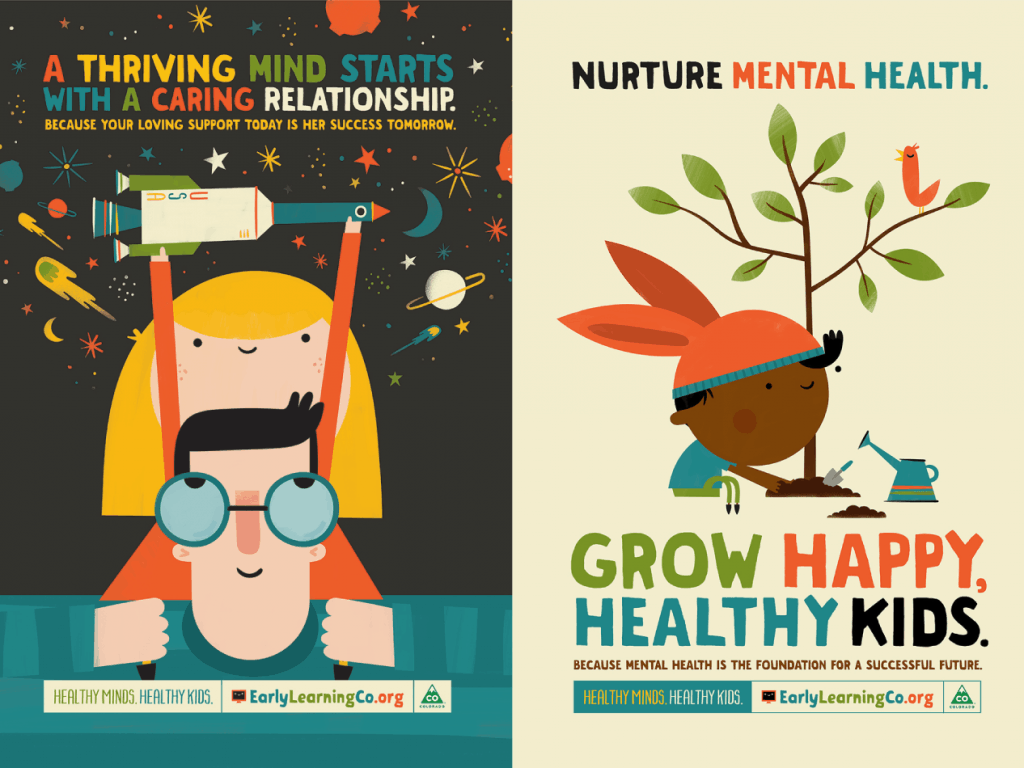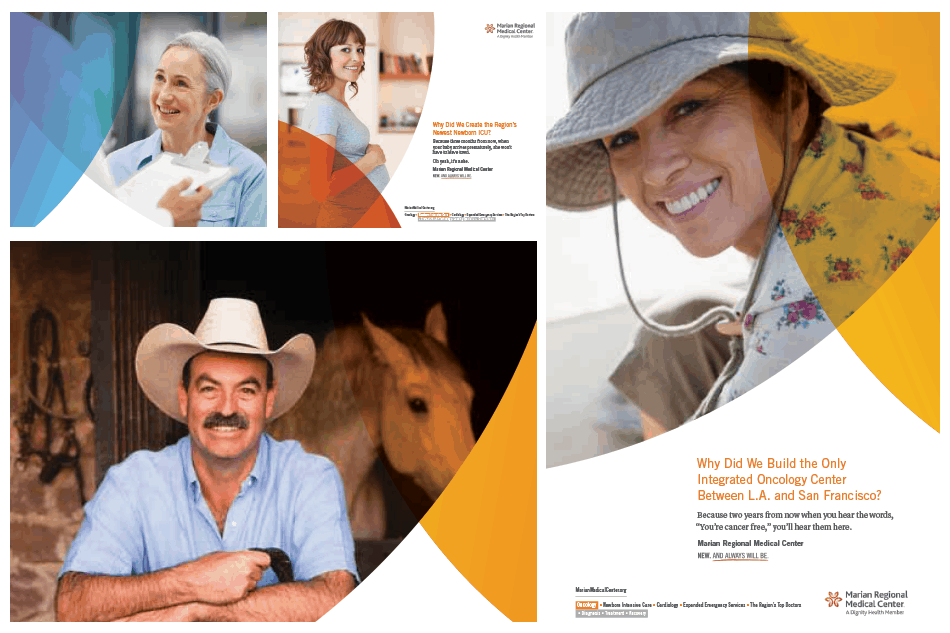Challenge:
Many families are unaware of the Early and Periodic Screening, Diagnostic, and Treatment (EPSDT) benefit available to Medicaid-eligible children, which expands access to vital health services that children need for their well-being. This includes routine well-child checkups, immunizations, vision and hearing screenings, dental care, mental health evaluations, developmental assessments, speech therapy, physical therapy, or corrective devices like eyeglasses and hearing aids.
Navigating the complexities of this benefit can be confusing, making it hard for families to take full advantage of the support available.
The Department of Healthcare Policy and Financing, the state agency that manages Colorado’s Medicaid program, approached SE2 to simplify and demystify this benefit, ensuring more children receive the care they need.
Our Approach:
We conducted listening sessions to understand the challenges parents and caregivers face in understanding the EPSDT benefit. We also spoke with health providers and community partners about their difficulties in communicating the benefit to the target population. From these insights, we developed key messages using plain language to explain what the benefit covers and how to access it.
Next, we created a communications plan focused on deep community engagement and outreach. Given the skepticism many target audiences have toward government-sponsored health services, we prioritized collaborating with trusted community messengers to break down these barriers and make the messaging more effective.
We then developed a comprehensive toolkit designed to reach parents, caregivers, and professionals who work with eligible children, such as child welfare workers. The toolkit included explainer videos, posters, flyers, FAQs, desk guides, and other resources to help professionals talk to caregivers about the benefit.
SE2 printed and distributed toolkits to a network of 65 regional child welfare agencies, 67 community-based organizations, and 200 healthcare providers.
We also disseminated toolkit materials to daycare centers, family practices, and pediatric clinics, prioritizing rural and lower-income zip codes not already reached with the toolkit.
Results:
These materials ran for a total of three months, garnering nearly 14 million views. The Department of Healthcare Policy and Financing also reported a significant increase in inquires from youth health and child welfare professionals, as well as parents and caregivers.

